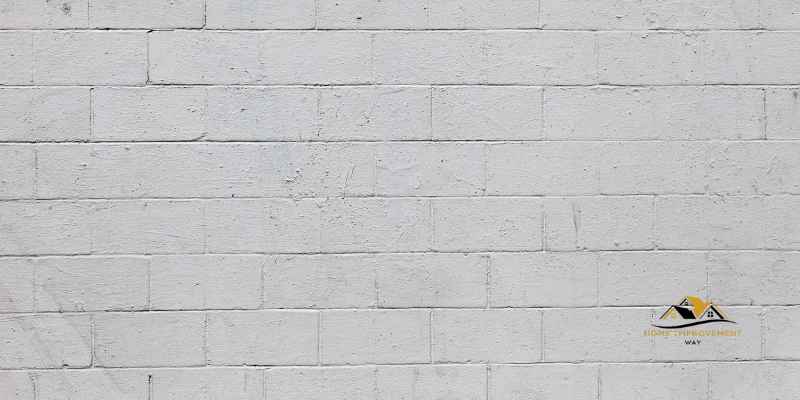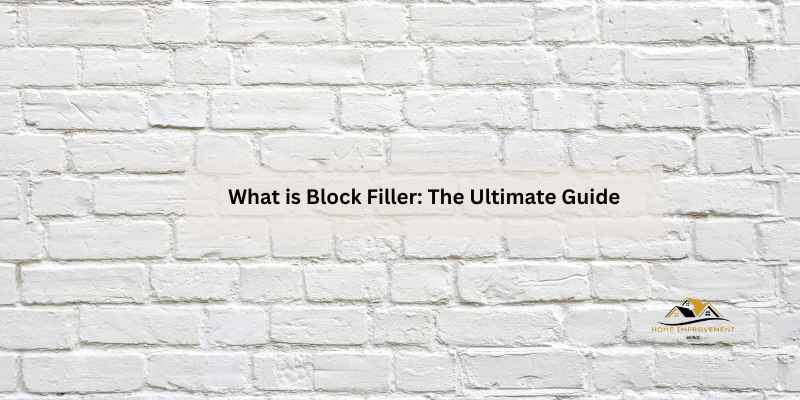Block filler is an interior/exterior primer designed to fill and seal porous masonry surfaces. It reduces pin holing and provides a smooth surface before finish coat application.
Block filler is commonly used to reduce the amount of finish coat needed and provides an ideal primer surface for latex and oil-based topcoats. Block filler, also known as interior/exterior primer, is formulated to fill and seal porous masonry surfaces, reducing the need for excessive finish coats and providing a smooth surface for subsequent applications.
It is commonly used in residential, commercial, institutional, and industrial settings, offering versatility and efficiency in surface preparation. Additionally, block filler is a crucial component in reducing pin holing and ensuring a flawless finish coat application. This primer is designed to enhance the adhesion and durability of subsequent coatings, making it an essential product for professional painters and DIY enthusiasts alike.
Step-by-step Application Process For Block Filler
Block filler is a substance used to fill and seal porous masonry surfaces, creating a smooth base for applying the finishing coat. The application process involves several steps to ensure the proper coverage and adhesion to the surface. Below, we will discuss the step-by-step application process for block filler, including applying the first and second coats, backrolling, and spraying the walls.
Applying The First Coat Of Block Filler
The first step in the application process is applying the first coat of block filler. Before starting, ensure that the surface is clean and free of any debris. Using a paint roller or a sprayer, apply a consistent layer of block filler to the surface, making sure to cover all areas evenly. Allow the first coat to dry completely before proceeding to the next step.
Applying The Second Coat Of Block Filler
Once the first coat has dried, it’s time to apply the second coat of block filler. Similar to the first coat, ensure that the surface is clean and free of any dust or particles. Apply the second coat evenly, covering any missed spots from the first coat. This will help ensure a smooth and uniform base for the finishing coat.
Backrolling Block Filler
After applying the second coat, it’s essential to backroll the block filler to ensure proper adhesion and coverage. Using a paint roller, roll over the surface in a crisscross pattern, working the block filler into the pores of the masonry. This step helps to eliminate any excess material and creates a uniform texture across the surface.
Spraying The Walls
The final step in the application process is spraying the walls with block filler. Using a sprayer, apply a thin, even layer of block filler to the walls, ensuring complete coverage. This step is crucial for achieving a consistent and smooth finish, preparing the surface for the application of the finishing coat.
Uses Of Block Filler

Block filler is a versatile material that serves multiple purposes in masonry projects. It is commonly used to fill and seal porous surfaces, providing a smooth base for topcoat applications. Let’s explore the various uses of block filler:
Interior And Exterior Masonry Surfaces
- Seals and fills porous masonry surfaces
- Reduces pinholing for a smoother finish
- Ideal for both interior and exterior applications
Primer Surface For Latex And Oil-based Topcoats
- Provides an ideal primer surface for latex and oil-based topcoats
- Reduces the amount of finish coat needed
- Enhances adhesion and durability of topcoat finishes
Under Epoxy, Alkyd And Latex Top Coats For Concrete Finishes
- Used as a filler material under epoxy, alkyd, and latex top coats
- Creates a smooth surface for concrete finishes
- Improves the overall finish and durability of the coating
Frequently Asked Questions
What Do You Use Block Filler For?
Block filler is used to fill voids in cement and cinder blocks, reducing the need for finish coats.
Is Block Filler The Same As Primer?
Block filler is not the same as primer. Block filler is specifically designed to fill and seal porous masonry surfaces, while primer is used to create a smooth surface before applying the finish coat. Block filler reduces pinholing and is suitable for both interior and exterior applications.
What Is Block Fill Made Of?
Block filler is a material used to fill voids in cement and cinder blocks. It is designed to reduce the amount of finish coat required and provide an ideal primer surface for latex and oil-based topcoats. Block filler is used as an interior/exterior primer to fill and seal porous masonry surfaces, reducing pinholing and providing a smooth surface before applying the finish coat.
What Is The Purpose Of Engine Block Filler?
Engine block filler is used to fill voids in the engine block, enhancing durability and reducing vibrations.
Conclusion
Block filler is a versatile primer that fills and seals porous surfaces, ideal for masonry projects. It reduces pinholes and provides a smooth base for finish coats. Easy to apply, it’s a go-to solution for professional painters in various applications.
Enhance your projects with block filler!


